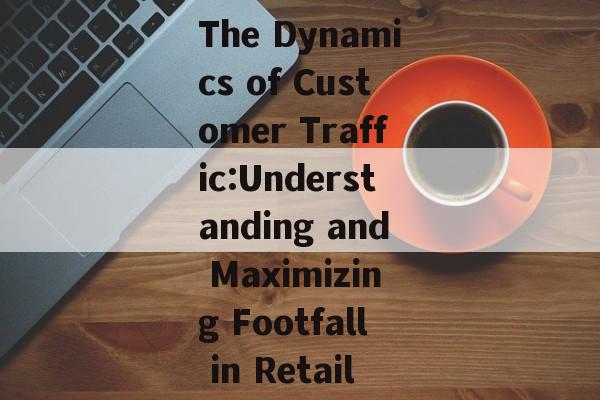The Dynamics of Customer Traffic:Understanding and Maximizing Footfall in Retail
In the world of retail, understanding and maximizing customer traffic is a critical factor for the success of any business. The term "customer traffic" refers to the flow of customers entering and exiting a store or retail space. This article delves into the dynamics of customer traffic, its importance, and strategies to enhance footfall in retail environments.
Understanding Customer Traffic

Customer traffic is the lifeblood of any retail establishment. It encompasses the number of customers that visit a store, the time they spend there, and their purchasing behavior. Analyzing customer traffic patterns can provide valuable insights into the effectiveness of marketing strategies, store layout, and overall customer satisfaction.
-
Types of Customer Traffic
- Foot Traffic: The physical presence of customers walking into a store.
- Online Traffic: The number of visitors to a retail website or app.
- In-store Traffic: The flow of customers within the physical store.
-
Measuring Customer Traffic
- Counters: Physical counters that count the number of customers entering and exiting.
- People Counters: Electronic devices that automatically count the number of people in a store.
- Analytics Software: Tools that track customer behavior and provide detailed reports.
Importance of Customer Traffic
- Sales Revenue: Higher customer traffic typically translates to increased sales revenue.
- Brand Awareness: A bustling store can attract the attention of passersby, enhancing brand visibility.
- Customer Insights: Analyzing customer traffic can provide valuable data on customer preferences and shopping habits.
- Competitive Advantage: Understanding customer traffic patterns can help retailers stay ahead of competitors by optimizing store operations.
Strategies to Maximize Customer Traffic
-
Effective Marketing: Use targeted marketing campaigns to attract customers. This includes social media marketing, email newsletters, and traditional advertising.
-
Loyalty Programs: Implement loyalty programs that encourage repeat visits and word-of-mouth referrals.
-
Promotions and Discounts: Offer limited-time promotions and discounts to attract customers and encourage impulse purchases.
-
Store Layout and Design: Optimize the store layout to create a welcoming and easy-to-navigate environment. Consider factors like signage, lighting, and product placement.
-
In-store Experience: Ensure that the in-store experience is exceptional, from customer service to product knowledge.
-
Online Integration: Integrate your online and offline channels to provide a seamless shopping experience. For example, offering in-store pickup for online orders can drive foot traffic.
-
Community Engagement: Participate in local events and community initiatives to increase brand recognition and foot traffic.
-
Seasonal Adjustments: Tailor your marketing and product offerings to seasonal trends and events.
Case Studies
Several successful retailers have effectively maximized customer traffic through innovative strategies:
- Apple: Known for its sleek store design and exceptional customer service, Apple has created a brand experience that attracts a high volume of customers.
- H&M: The Swedish fashion retailer has leveraged social media and pop-up stores to drive foot traffic and maintain a trendy image.
- Amazon: By offering same-day delivery and in-store returns, Amazon has successfully integrated its online and offline presence to enhance customer traffic.
Conclusion
Customer traffic is a multifaceted concept that requires a comprehensive approach to maximize its potential. By understanding the dynamics of customer traffic and implementing effective strategies, retailers can create a thriving business that attracts and retains customers. Whether through targeted marketing, store layout optimization, or exceptional customer service, the key to success lies in recognizing the value of customer traffic and continuously working to enhance it.
相关文章
